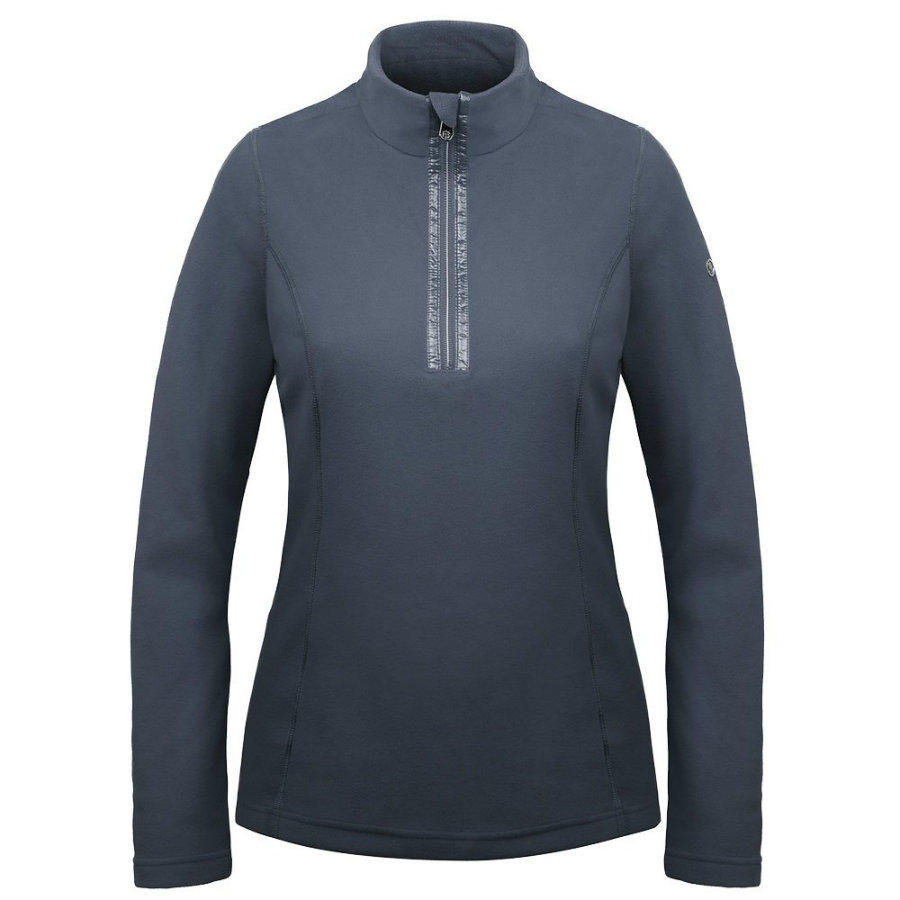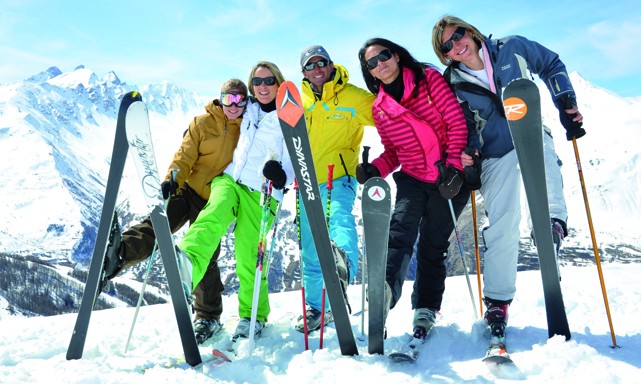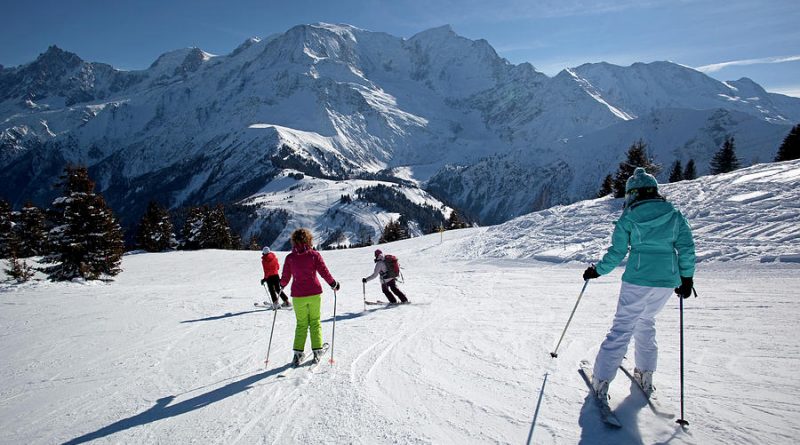Dress for Success: How to Stay Warm & Dry when Skiing or Snowboarding
If you’re planning to explore the snowy mountains with skis or on a snowboard, you better come properly dressed from head to toes. And I can’t stress this enough. Simply throwing on some knitted leggings and cheap gloves just don’t cut it, as I myself found out on one freezing skiing trip. To protect yourself from the dangerously low temperatures, wet snow and strong winds, you need to wear the right layers of thermal clothes.
Base Layer
First of all, start from the very bottom. In order to prevent your body’s heat from escaping, you need to put on a thermal base layer. Avoid cotton as it dries slow and will leave your skin cold and clammy once you start sweating. Instead, use synthetic or wool layers which offer great insulation and are more breathable and quick-drying. If you get particularly cold on your legs, consider putting on thermal underpants. You can get shorts length, ¾ length, or full length, depending on your preference.

Mid Layer
Your mid layer is your second layer of defence. For your mid layer, it’s recommended to buy snow clothes made of microfleece that are very warm, light, breathable and comfortable. Microfleece is also known to be a soft material that’s resistant to pilling which makes it an attractive choice to be worn when having a warm drink at a mountain resort. While it should be thick enough to provide warmth, the mid layer shouldn’t be too bulky as having some room under your jacket can trap air for additional warmth.

Outer Layer
When you buy snow clothes, make sure to invest most of your attention on choosing quality outerwear. After all, your outer layer is the most important factor in staying warm and dry. Make sure to invest in a well-fitting ski jacket and pants or a complete jumpsuit made of thermal and waterproof materials that will protect you from wind and snow. And when I say well-fitting, I mean clothes that give you a comfortable range of movement but also completely cover your body and leave nothing exposed.
Additional Pieces
To keep your head warm and protected against injuries wear a ski or snowboard helmet. If the weather is really cold and windy, you can also put on a balaclava under your helmet. To protect your eyes from wind, ice, and the piercing glare of the sun shining on the snow, it’s recommended to wear goggles. Goggles come with different lenses – some are more suitable for sunny weather and others for low visibility days, so make sure to invest in several pairs. And finally, another item you mustn’t forget is gloves. Gloves, like your outer layer, need to be waterproof. But they also need to be breathable as you don’t want sweaty hands that make it hard to grip ski poles.

